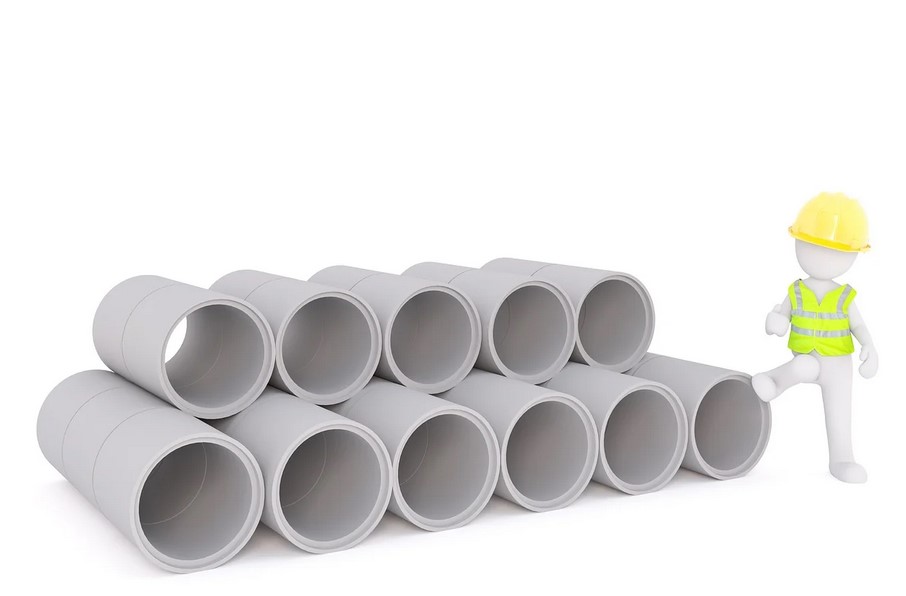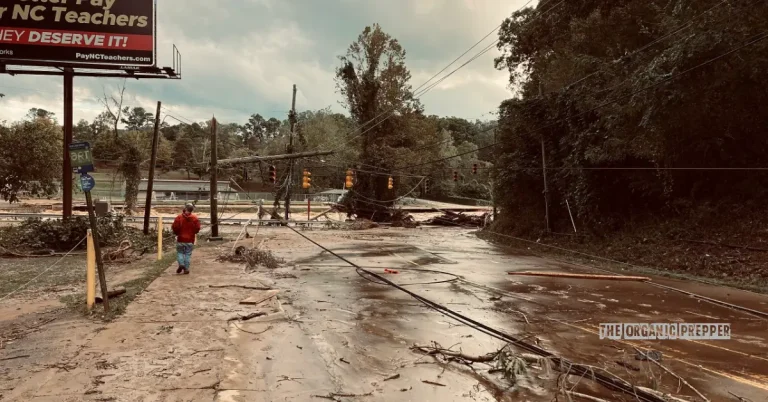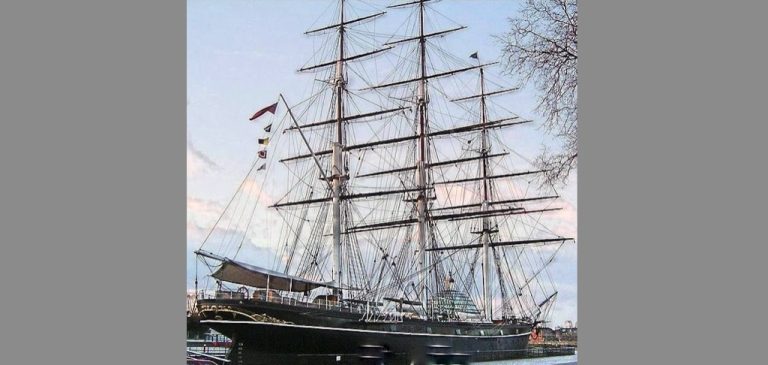By B.N. Frank
A growing number of Americans don’t want carbon pipelines installed near their homes or communities (see 1, 2, 3, 4, 5). As a result, lawmakers and regulators have been taking action to block development (see 1, 2, 3, 4, 5, 6) – including in South Dakota.
South Dakota’s Navigator pipeline decision might jeopardize Summit proposal
By: Jared Strong
Utility regulators in South Dakota declined this week to overrule county ordinances that restrict carbon dioxide pipelines when they denied Navigator CO2 a permit for its project.
Summit Carbon Solutions has also asked that state’s Public Utilities Commission to give it a permit despite local restrictions, including in Minnehaha County, where the restrictions were upheld.
A final evidentiary hearing for Summit’s permit in South Dakota is poised to start Monday.
Its pipeline system would transport captured carbon dioxide from ethanol plants in five states to North Dakota for underground sequestration.
James Powell, the company’s chief operating officer, testified this week that the pipeline would not be built in Iowa without permits in the Dakotas.
“Given they declined to strike down the Minnehaha ordinance, I see no reason why they would change that decision,” said Brian Jorde, an attorney who represents more than 100 landowners affected by the pipeline projects in multiple states. “It would be wise for Summit to either pull its application or state they are suspending their request for application — which they can do at any time — until they come up with a route that can comply with all applicable laws and ordinances.”
A Summit spokesperson declined to comment on the potential effects of the Navigator decision on the Summit proposal.
Activist Post is Google-Free — We Need Your Support
Contribute Just $1 Per Month at Patreon or SubscribeStar
“Summit Carbon Solutions looks forward to our hearing with the South Dakota PUC starting on September 11,” said Sabrina Zenor, the company’s director of community relations.
County powers vary by state
Some Iowa counties enacted restrictions that would force carbon dioxide pipelines to be placed certain distances from cities, livestock facilities, electric transmission lines, homes and others. But a federal judge decided in July that state law does not grant counties the authority over the siting of the pipelines, which is the jurisdiction of the Iowa Utilities Board.
That ruling was the result of a Summit lawsuit against Shelby County.
“Common sense suggests these restrictions would eliminate all or almost all land in Shelby County on which an (Iowa Utilities Board) approved pipeline could be built,” Chief Judge Stephanie Rose wrote. “This creates a serious possibility the IUB would approve the construction of the pipeline but Summit would be unable to build because it could not comply with the requirements of the ordinance.”
The situation is different in South Dakota. Counties are allowed to adopt their own restrictions, but state regulators can overrule them if they are “unreasonably restrictive.”
In August, Summit asked commissioners to use their authority to “preempt” ordinances in four South Dakota counties: Brown, McPherson, Minnehaha and Spink.
All of them lie in the path of the primary pipe that would take carbon dioxide from Iowa to North Dakota. The company’s project would span about 475 miles in South Dakota, compared with more than 680 in Iowa.
“These are no ordinary county ordinances,” wrote Brett Koenecke, a Summit attorney. “Each one was enacted as a reaction and to expressly target (and likely stop) carbon dioxide pipelines.”
The ordinances are typically borne of safety concerns about the pipelines. Under certain circumstances, a major breach can form a plume of carbon dioxide gas that can travel long distances and suffocate people and animals. Summit says its pipeline would be one of the safest ever built.
Ordinances might block Summit
Navigator was unsuccessful in arguing to override ordinances in two counties, in part, because the company acknowledged it could build its pipeline in at least one of the counties despite the restrictions, the South Dakota Searchlight reported.
Summit argues that the restrictions are so severe its project would be blocked, including in Minnehaha.
“These counties have established setback requirements and permitting schemes that make the counties, not this commission, the primary siting authority for the State of South Dakota,” Koenecke wrote. “And they’ve done that by effectively banning hazardous liquid pipelines. That is unreasonably restrictive. And it goes against the policy set by the legislature.”
Erik Schovanec, Summit’s director of pipeline and facilities, testified in Iowa this week that the company has sought to assuage residents’ concerns when possible by adjusting its route. He noted that landowner feedback has resulted in more than 200 adjustments.
Navigator has not publicly indicated how it might proceed in South Dakota. Its roughly 1,300-mile system would transport carbon dioxide from ethanol and fertilizer plants in five states to Illinois.
The route in South Dakota is not physically necessary for the routes in other states, including Iowa. A Navigator spokesperson declined to say whether the project would proceed in the other states without South Dakota.
Status in Iowa
Summit is in the third week of its final evidentiary hearing with the Iowa Utilities Board.
The company began presenting its witnesses this week for cross examination. An initial schedule showed that its 15 witnesses would be called this week from Tuesday to Friday, but there have been delays. Just one of the four planned witnesses for Tuesday testified that day. On Thursday, the hearing stopped early because another witness wasn’t available. The company’s witness testimony is expected to continue into next week.
Much of the testimony on Wednesday and Thursday focused on financial aspects of the project, and some of the most important details — the contracts between Summit and ethanol plants — were discussed in private on Wednesday because they are subject to a protective order.
The first two weeks of the hearing featured some of the landowners who are subject to eminent domain requests because they declined to sign easement agreements with the company.
Those easements allow Summit to build its pipeline on property it doesn’t own.
Zenor recently noted that the number of land parcels for which it seeks eminent domain has declined to about 900. That is down from about 950 at the start of the hearing. Zenor said that decline is the result of landowners signing voluntary easements.
Most of the eminent domain requests are scheduled for consideration later in the hearing, which has the potential to extend for weeks or months.
An evidentiary hearing for Navigator has not been set. The IUB plans to hold a scheduling conference Oct. 9 to help determine a start date.
Our stories may be republished online or in print under Creative Commons license CC BY-NC-ND 4.0. We ask that you edit only for style or to shorten, provide proper attribution and link to our web site. Please see our republishing guidelines for use of photos and graphics.
Activist Post reports regularly about energy and unsafe technologies. For more information, visit our archives.
Image: Pixabay
Become a Patron!
Or support us at SubscribeStar
Donate cryptocurrency HERE
Subscribe to Activist Post for truth, peace, and freedom news. Follow us on SoMee, Telegram, HIVE, Flote, Minds, MeWe, Twitter, Gab, and What Really Happened.
Provide, Protect and Profit from what’s coming! Get a free issue of Counter Markets today.


















